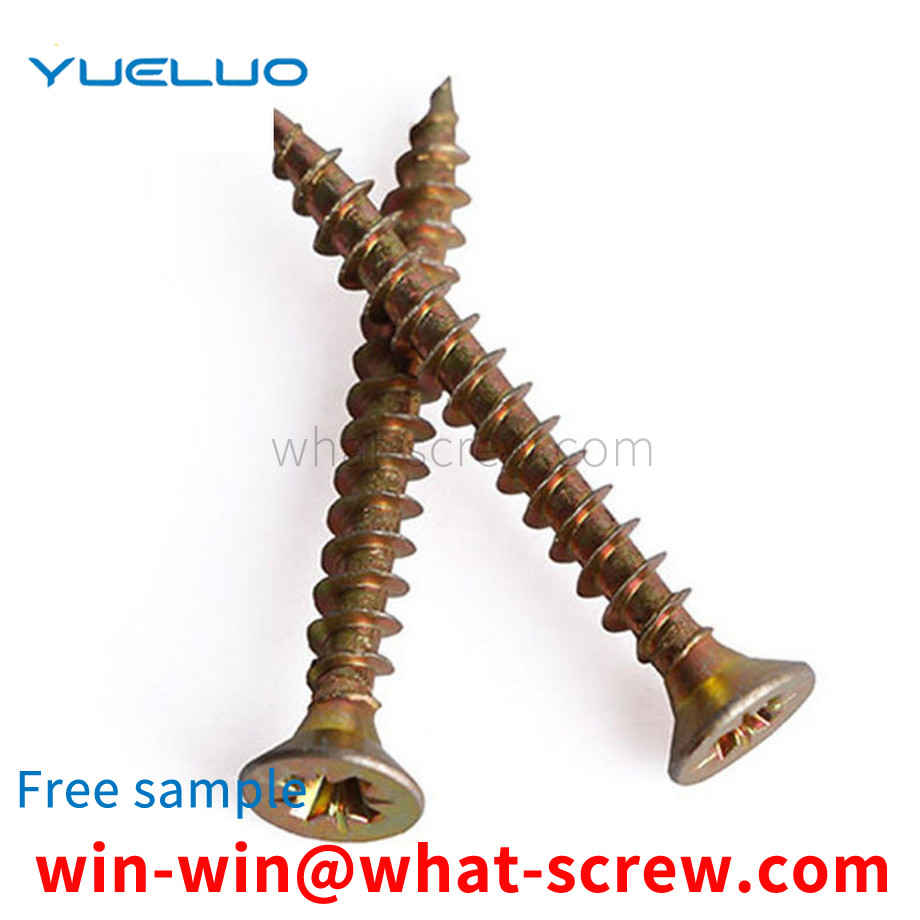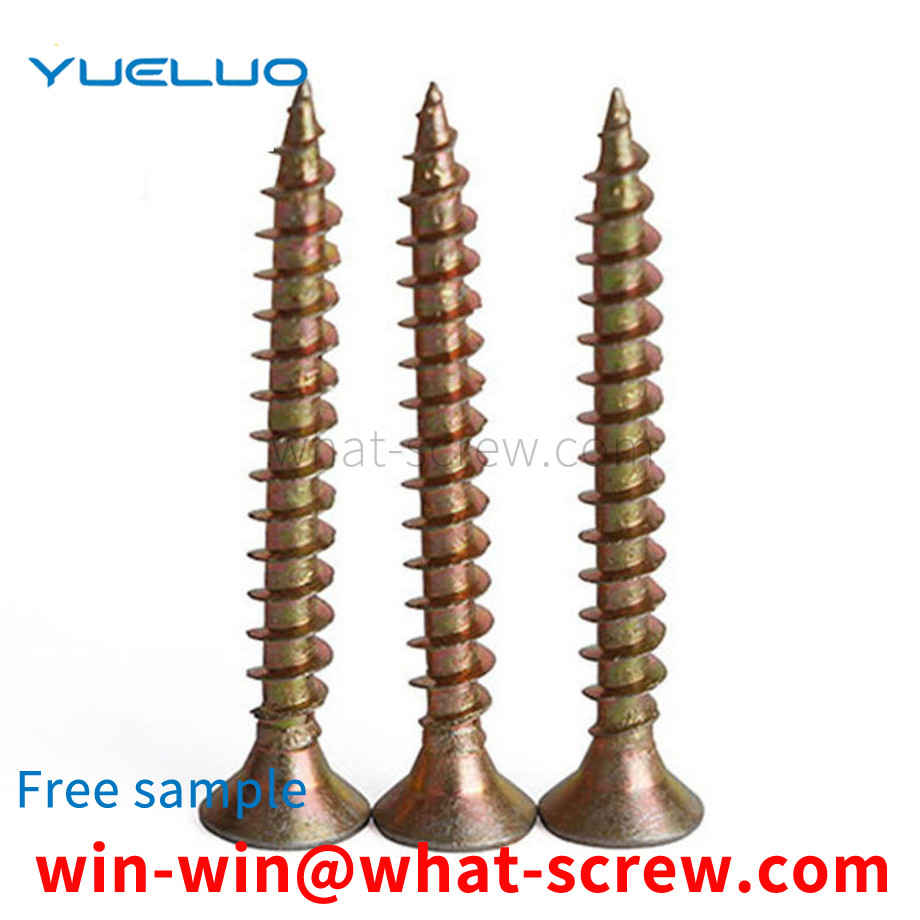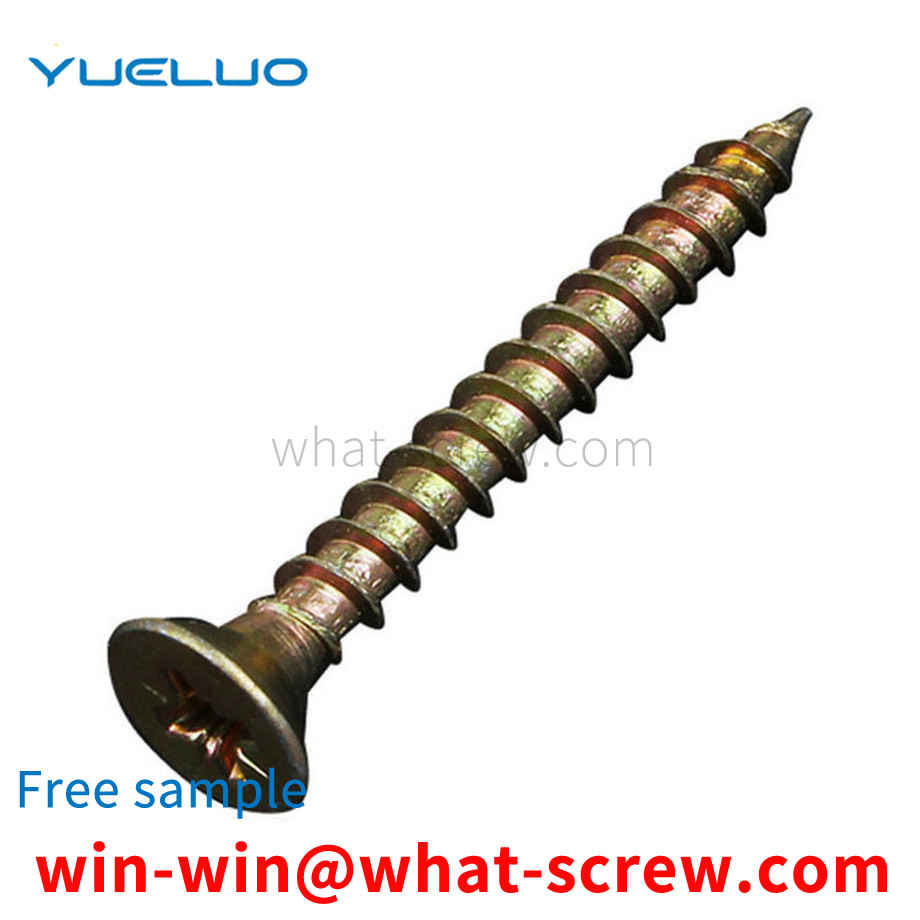What is the tolerance range of precision screws?
What is the tolerance range of precision screws?
Service Hotline
+86760-8787 8587We have more than ten years of experience in the production of screw industry, the main products are: screw cap bolts, DIN988 barrier washers, threaded rod screws, long-eye bolts, open cylindrical vertical grain large nuts, explosion expansion screws, nickel-plated crown screws and nuts, Enlarged and thickened plastic gasket, B-type hexagonal thin nut, square thin nut nut, mushroom dome head screw, brass cap nut, round head gasket screw, step double-layer large flat head adjusting handle screw, claw screw etc. Firmware, due to different product materials and specifications, the price is also different, please contact us if necessary.


Screw (English a screw) refers to the parts used in construction machinery. It is a kind of threaded parts with sharp ends such as nails, small cylindrical or conical metal rods, with grooved or dimpled heads, and used alone. . The detection of the screw should start from the wire of the screw. The quality of the precision screw is directly related to the wire that produces the screw. A good screw wire will open the screws more beautifully. What screw head burst, what thread is bad. Good screw wires generally do not find this situation.

Traditionally, the pressure rivets on the product are all beaten by hand by workers, resulting in high scrap rate and low efficiency, and this rivet is not a traditional rivet, so it is difficult to locate and requires high pressure. The rivets are thin, and the pressure is too large to cause deformation of the rivets. If the pressure is too small, it cannot be riveted. Without special positioning and tooling, it cannot be riveted on the riveting machine. The quality of the products produced in this way is difficult to guarantee, and the quality levels of the products in the same batch are uneven. Affect delivery time.


The working principle of the nut is to use the friction between the nut and the bolt for self-locking. However, the reliability of this self-locking is reduced under dynamic loads. In some important occasions, we will take some anti-loosening measures to ensure the reliability of the nut locking. Among them, the use of lock nuts is one of the anti-loosening measures. There are also two types of locking nuts. One is to use two identical nuts to screw on the same bolt, and a tightening torque is added between the two nuts to make the bolt connection reliable. The other is a special lock nut, which needs to be used together with a lock washer. As shown in FIG. 1, a plastic gasket 2 is arranged in the center of the nut 1 to play a locking effect, but the process is complicated and the production is inconvenient. One is to drill through threaded holes from the outer surface of the nut to the inner thread surface (usually 2, distributed at 90 on the outer surface), which are used to screw in small-diameter countersunk head screws. The purpose is to apply a thread to the thread. A centripetal force prevents the lock nut from loosening. At present, the lock nut with better quality on the market is inlaid with small copper pieces that are consistent with the thread of the lock nut on the inner surface of the nut, which is used to prevent the radial jacking screw from directly contacting the locked thread and being damaged. By. This kind of lock nut is gradually applied in the shaft end locking of rotating motion parts, such as the anti-looseness of the bearing at the mounting end of the ball screw. The process is equally complex.

Common fastening screws include self-tapping screws, fine-pitch drywall screws, traditional wood screws, and fiberboard screws. The following are the characteristics of commonly used screws, everyone should choose them reasonably. Self-tapping screws The correct application of self-tapping screws should be used for the fastening and connection of metal materials with pre-drilled holes. It has the function of automatically tapping out the internal thread on the metal body, and can complete the thread engagement with it to play a tightening role. However, due to its high thread bottom diameter, when it is used in wood products, the cut into the wood will be shallower; and because the thread pitch is small, there is less wood structure between every two threads. Therefore, it is unreliable and unsafe to use self-tapping screws for wood mountings, especially loose wood. Drywall Screws The proper use of fine-pitch drywall screws is for fastening and joining between metal studs and plasterboard. It suffers from similar drawbacks as self-tapping screws when used on wood mountings. Moreover, due to the large diameter of the head of the dry-wall screw, the embedding of the head is poor, and it is easy to cause unevenness between the head of the screw and the surface of the mounting part after installation. Traditional wood screws Before using traditional wood screws, pre-drilling holes are required on the wooden mounting parts, otherwise it is easy to cause wood cracking. In addition, since the traditional wood screws are not heat-treated, the use of electric tools can easily cause the groove shape to be damaged, and manual installation is very laborious. Fiberboard screws are relatively new types of wood screws, suitable for power tool installation. However, due to its relatively simple thread design, it still cannot effectively solve the stubborn problem of easy cracking when used on hardwood, and it does not have any advantages in screwing speed and screwing torque. [2]

The above content is uploaded by Yueluo or the Internet. If there is any copyright issue, please contact [email protected].

What is the tolerance range of precision screws?

How to choose the right stainless steel screw manufacturer?

Why is there an R angle under the head of the hexagon head s...

We have more than ten years of production experience in the ...

We have more than ten years of experience in the production ...

We have more than ten years of experience in the production ...

We have more than ten years of experience in screw industry ...